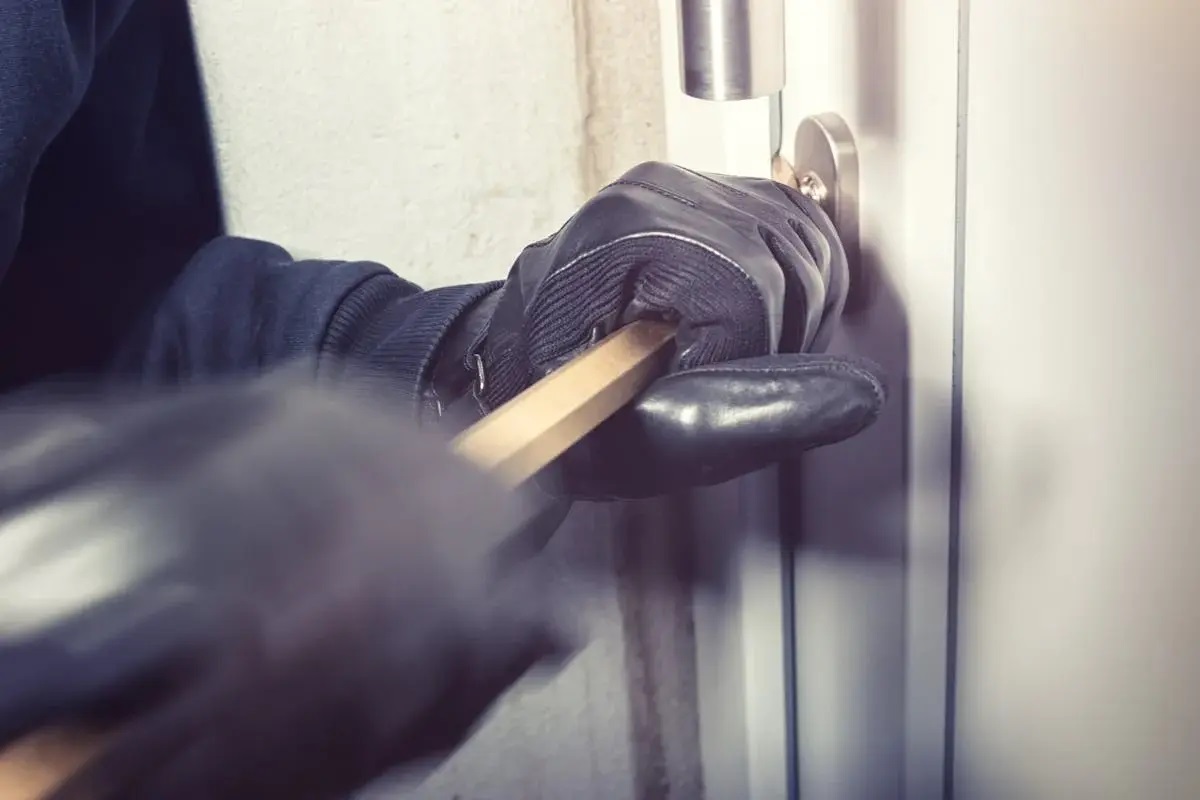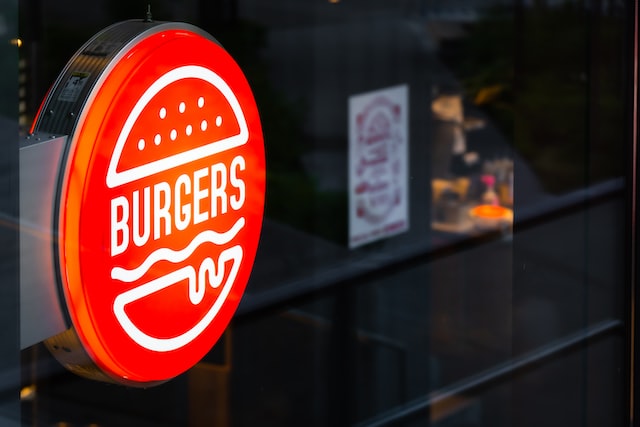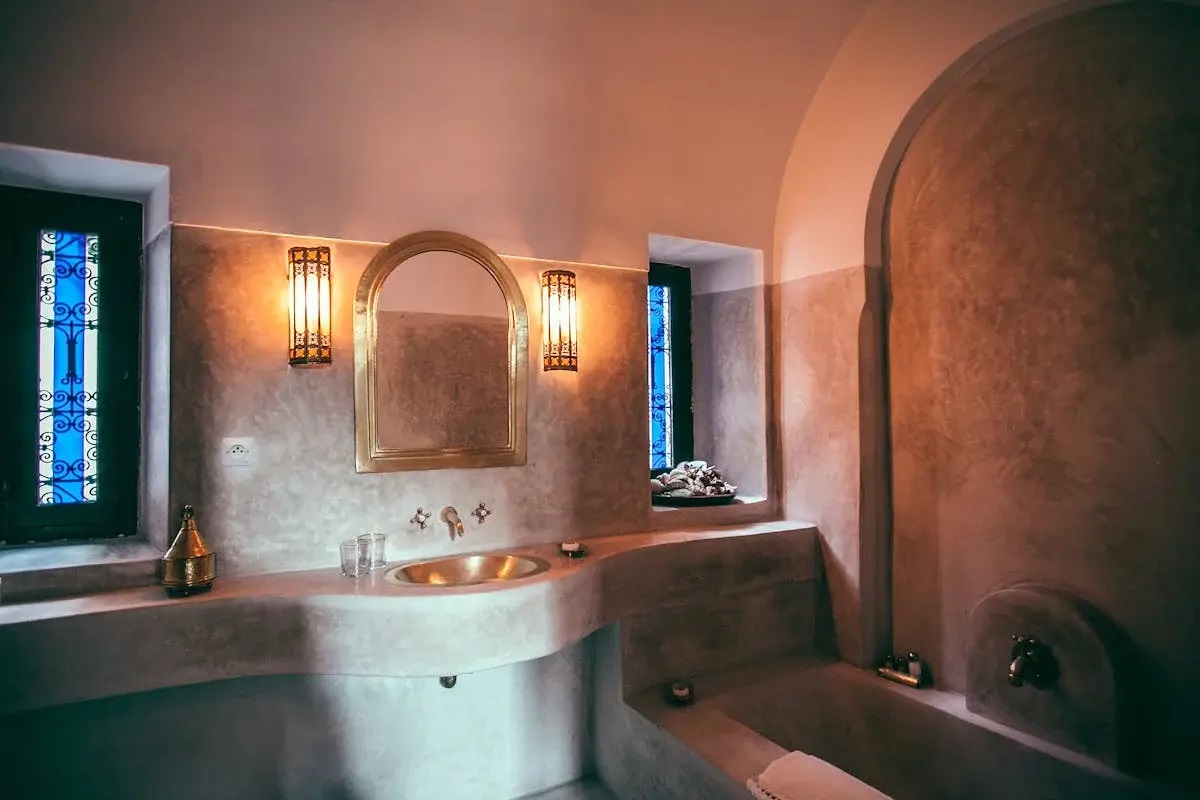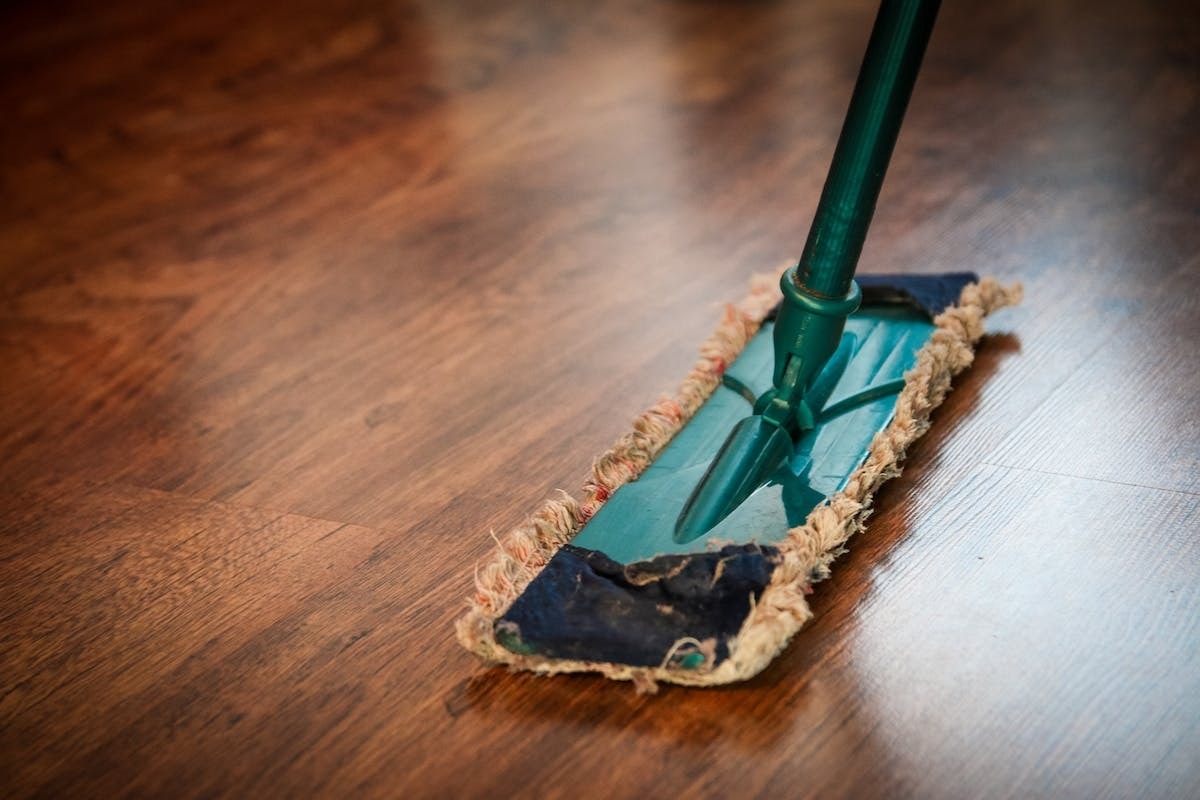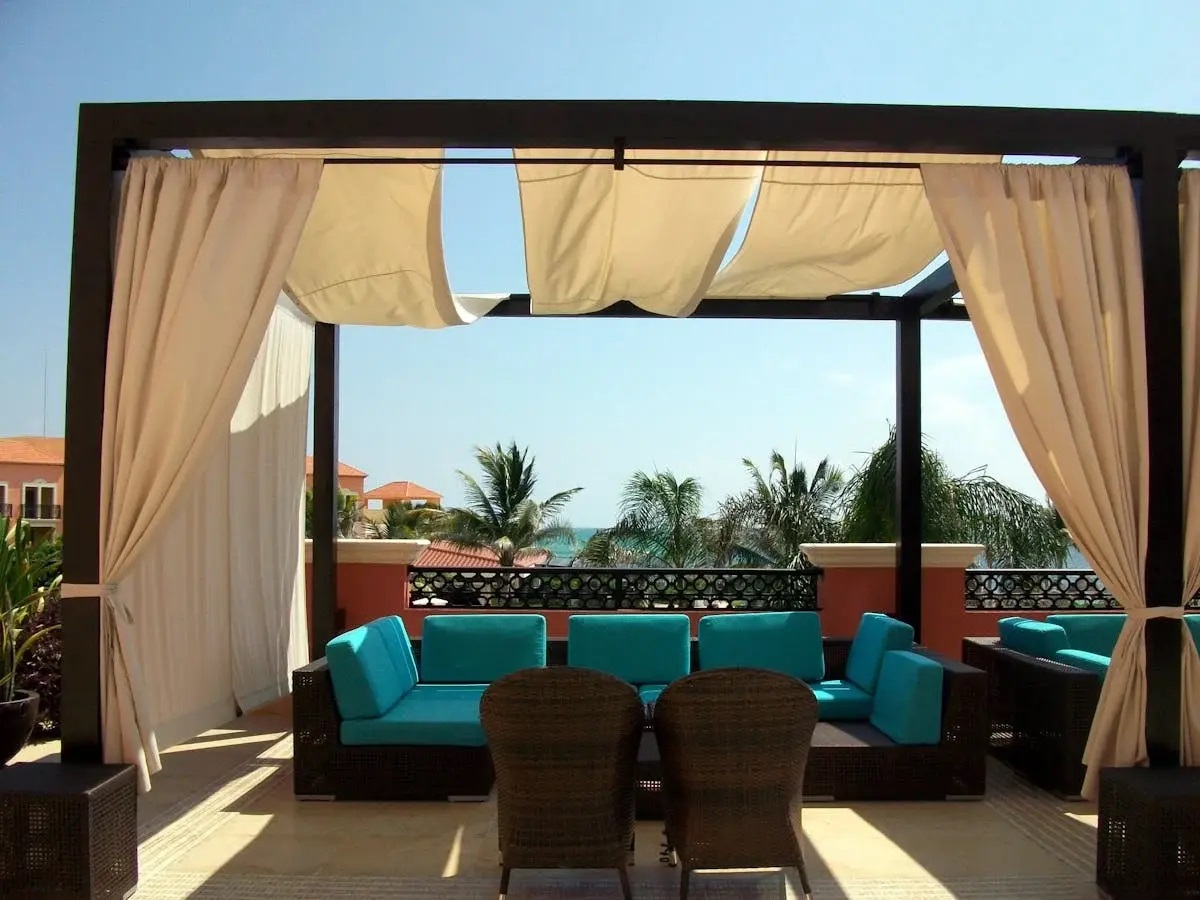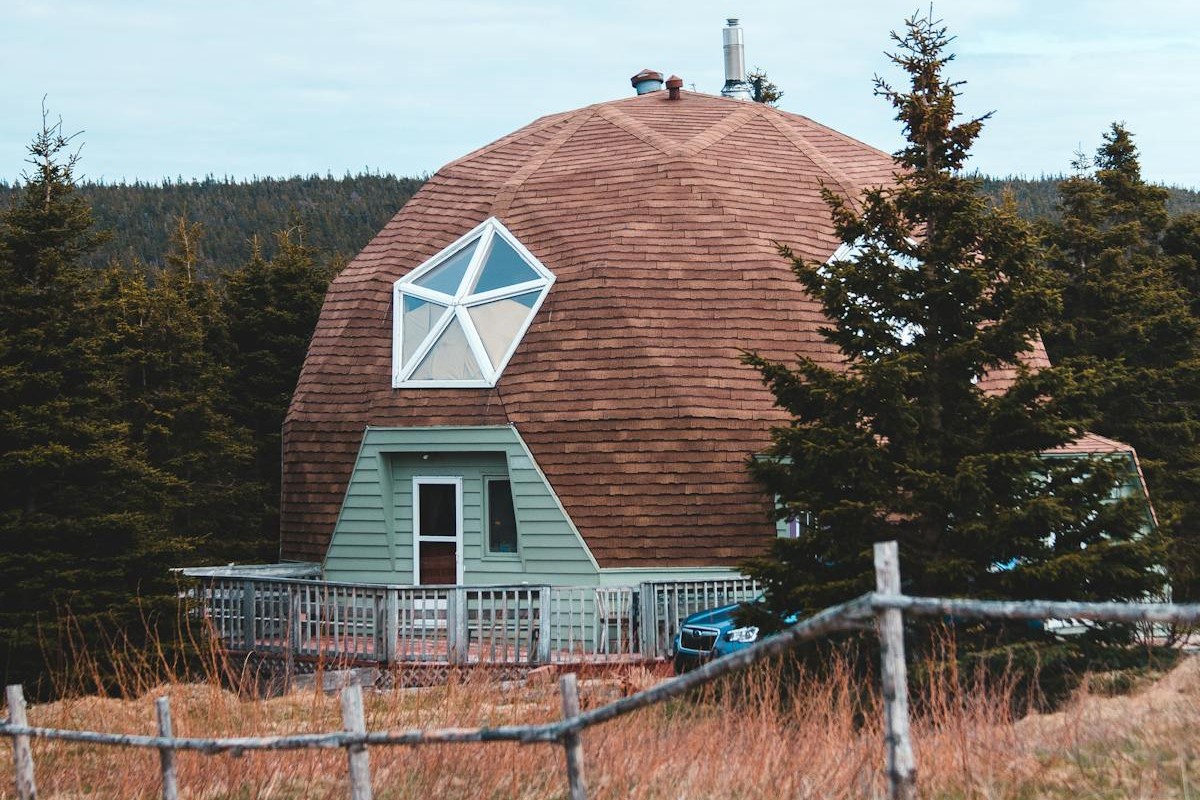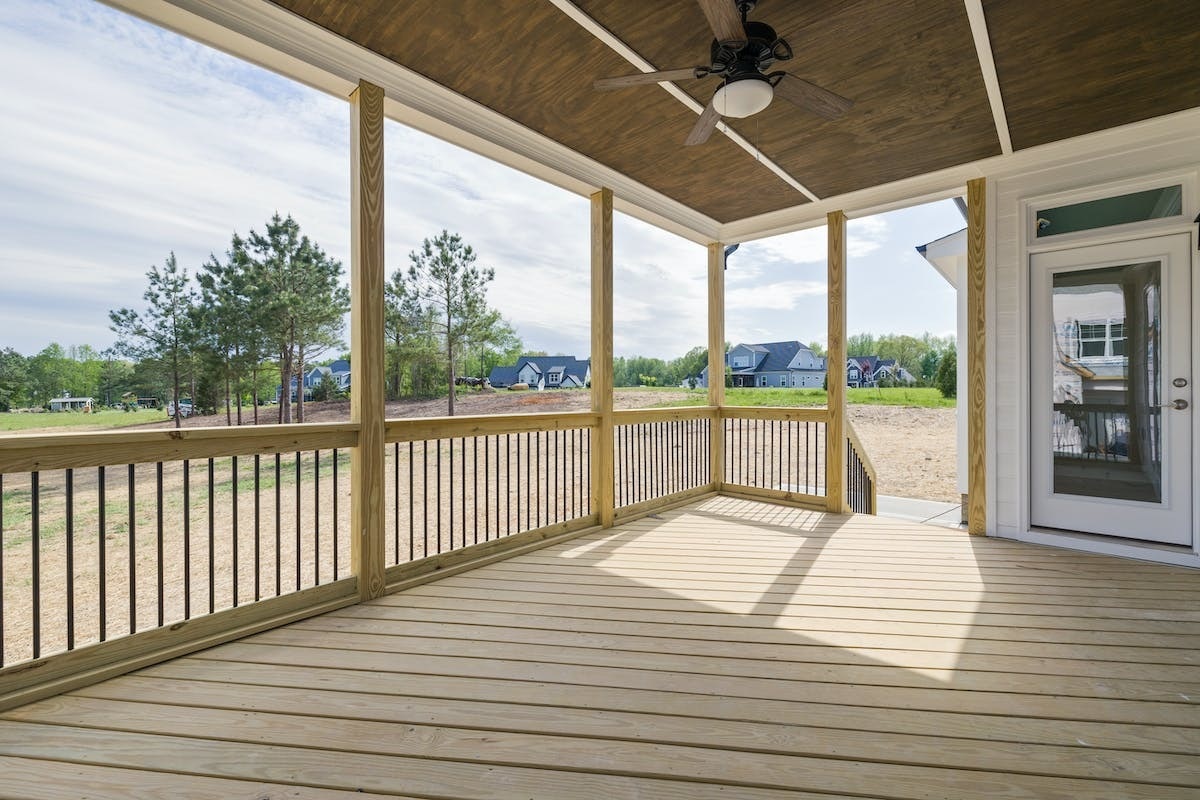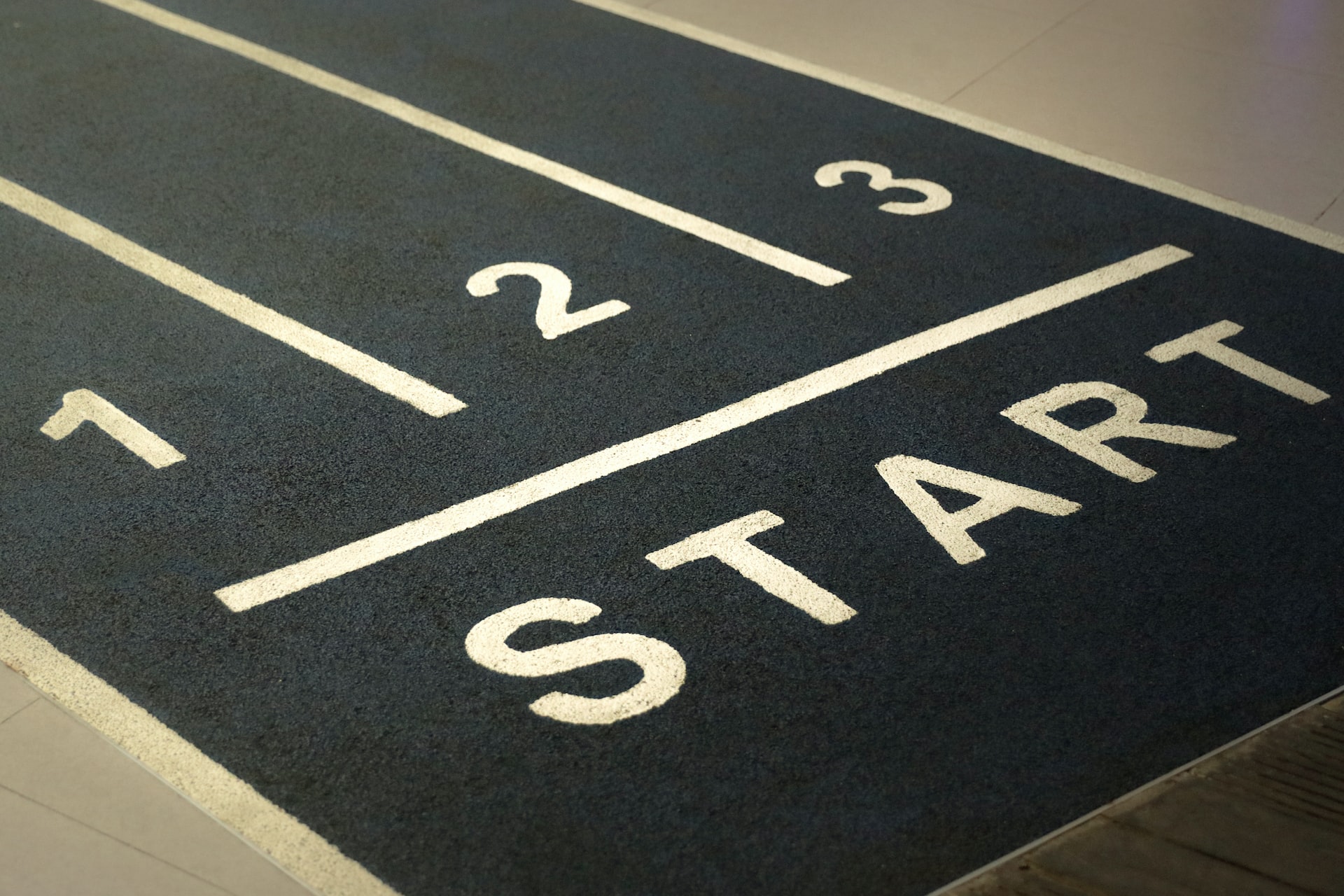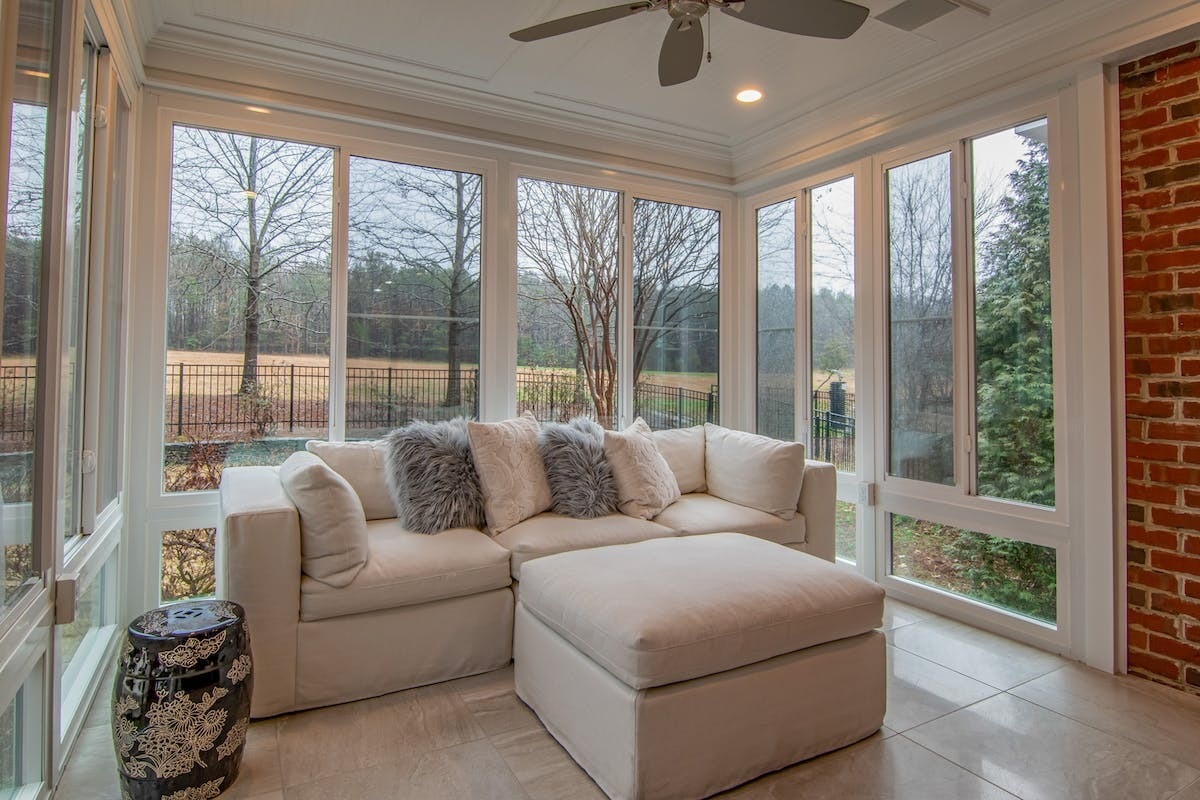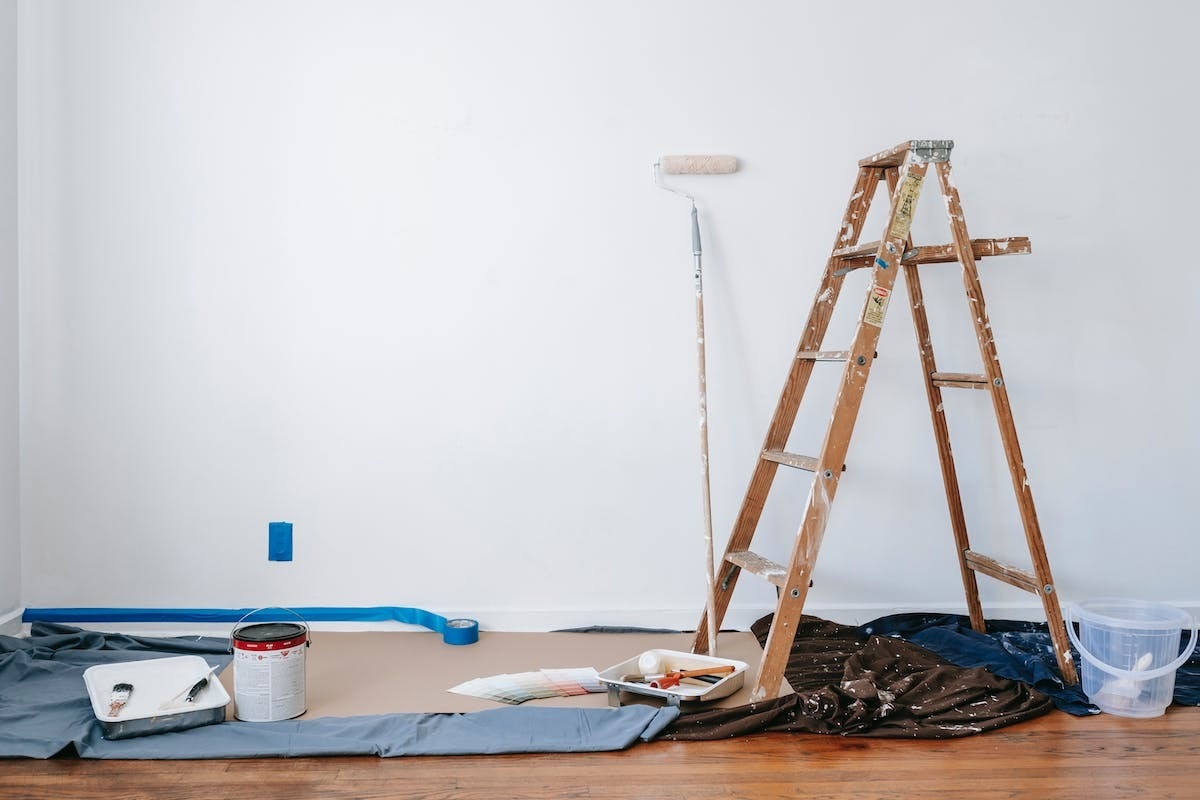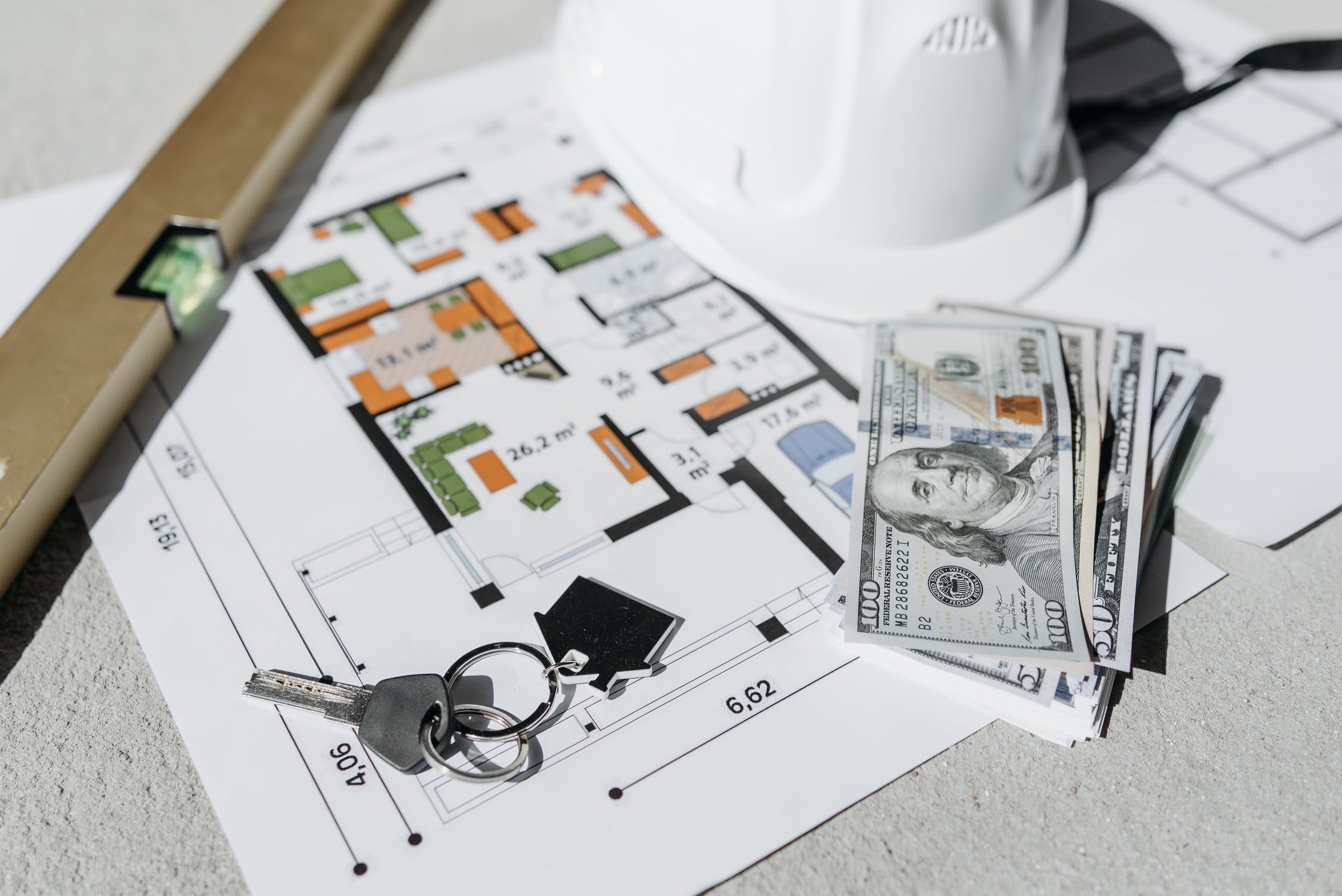
California homeowners with large homes sites can now become land barons
___
Published Date 4/9/2024
With California’s housing shortage now in epic proportions, a 2021 law named SB9 allows single-family homeowners around the state to split their lots in two, and build two homes on each lot.
SiliconValley.com's Kate Talerico reports that California lawmakers have approved a flurry of legislation aimed at increasing the housing supply and addressing the state’s decades-in-the-making housing crisis. While most are modest, they are meant to add moderate density in existing neighborhoods. With this new backyard split phenomenon, she says an analysis by the Terner Center for Housing Innovation at UC Berkeley estimated that the new law could result in 700,000 new homes.
The thing is, in the first year after SB 9 passed, only a handful of homeowners ended up applying for lot splits. Enter BuildCasa, a company founded by serial entrepreneur Ben Bear and former architect Paul Steidl, works to identify homes on large lots where an SB 9 project could be feasible, then offers to buy up the extra land to get it developed.
Targeting three key markets — San Jose, Sacramento, and San Diego, their first full year of operating garnered plans approved for 115 new housing units. Interviewed by Talerico, they responded to questions about their business model, which may soon become a template for other distressed housing suburban areas to follow.
“There are a lot of folks who have really great properties with the potential for new units, but don’t have the financial or the logistical capabilities of taking on a project to add additional units, like an accessory dwelling unit (ADU) or a new house,” says Steidl. “It can cost hundreds of thousands of dollars — you have to hire an architect, an engineer, and then go through the whole development process.”
“Homeowners aren’t developers, right?” asks Bear. “We saw the need for someone to come in, so homeowners could take advantage of this trapped asset — their extra lot space — with no cost or work. So far, we’ve had our first few projects that have had their lots appraised after a split. On average, people are losing about 4.5% of their home’s value, but they’re gaining 15% to 20% on top of that with the new parcel.”
Talerico asks how this works in terms of ownership after the split, and Bear explains that there are two models. One is where the homeowner is looking to get liquidity and BuildCasa helps them sell to a developer. In the other, they aid the homeowner in subdividing the lot, where they retain ownership and develop it themself. Most people are interested in selling, however. “It’s appealing for people with low-interest mortgages who want to keep their house but want to get some extra cash without taking on any debt or work.”
Many senior citizens are house-rich but cash-poor, wishing to stay in their neighborhood while taking advantage of the financial flexibility this scenario offers. In sprawling Sacramento, the average payout is $100,000. “In the Bay Area, we’ve seen upwards of $350,000 for a split lot,” the two report. “It’s a significant windfall — and you’re not taking on any debt, like in a reverse mortgage.”
Steidl explains how, at the turn of the 20th century until the 1940s, duplexes and townhouses were the rule – not the exception to it. “Once changes were made to land use regulations, these types of housing dropped off a cliff. Most houses built now are either large multifamily properties in urban centers, or tract housing in the exurbs,” he says. “We look at opportunities in existing neighborhoods. It’s much more sustainable to build where there’s already infrastructure like water and sewage lines in place, and when you build in walkable communities, you’re also cutting down on vehicle miles traveled.”
The two entrepreneurs explain that while there are a lot of programs for low-income, renters, and homeowners, there are very few market rate options available for folks who are middle-income. They answer this niche by creating new for-sale units that are affordable by design, offering the example of a lot split that results in a duplex, where each unit can be sold separately as a condo — which may cost around 35% as much as a single-family home. “It can really be this new version of the American dream where you still have private outdoor space, and you’re living in the type of single-family neighborhood that people want to live in, but you can afford homeownership, even if you have a middle-class occupation.”
With the company laser-focused on working with pro-housing jurisdictions, they make this work by meeting with mayors, planning directors, and even their staff. “The rubber meets the road at the intersection between state law, local regulation, and then the planner that’s reviewing the application.”
SiliconValley.com, TBWS
All information furnished has been forwarded to you and is provided by thetbwsgroup only for informational purposes. Forecasting shall be considered as events which may be expected but not guaranteed. Neither the forwarding party and/or company nor thetbwsgroup assume any responsibility to any person who relies on information or forecasting contained in this report and disclaims all liability in respect to decisions or actions, or lack thereof based on any or all of the contents of this report.
View the full disclaimer and licensing details at https://homemac.com/mortgage-banker-disclaimer.


David D'Angelo
HMAC Social Media Manager
NMLS: HMAC #1165808
Home Mortgage Alliance Corporation (HMAC)
4 Hutton Centre Dr, Santa Ana CA 92707
Company NMLS: 1165808
Office: 800-900-7040
Cell: 310-980-7157
Email: info@homemac.com
Web: https://homemac.com

David D'Angelo
___
HMAC Social Media Manager
NMLS: HMAC #1165808
Cell: 310-980-7157
Last articles
___

This week markets will be focused on FOMC and the employment report
4/29/2024
The headlines this week, the FOMC meeting on Wednesday and April unemployment da... view more

When a gambling addiction affects ‘home sweet home’
4/26/2024
It’s the nightmare we think only happens in the movies. “We have to pack,” says ... view more

Markets find relief as March PCE meets expectations
4/26/2024
Yesterday the release of the advance Q1 GDP sent rates up and MBS prices lower. ... view more
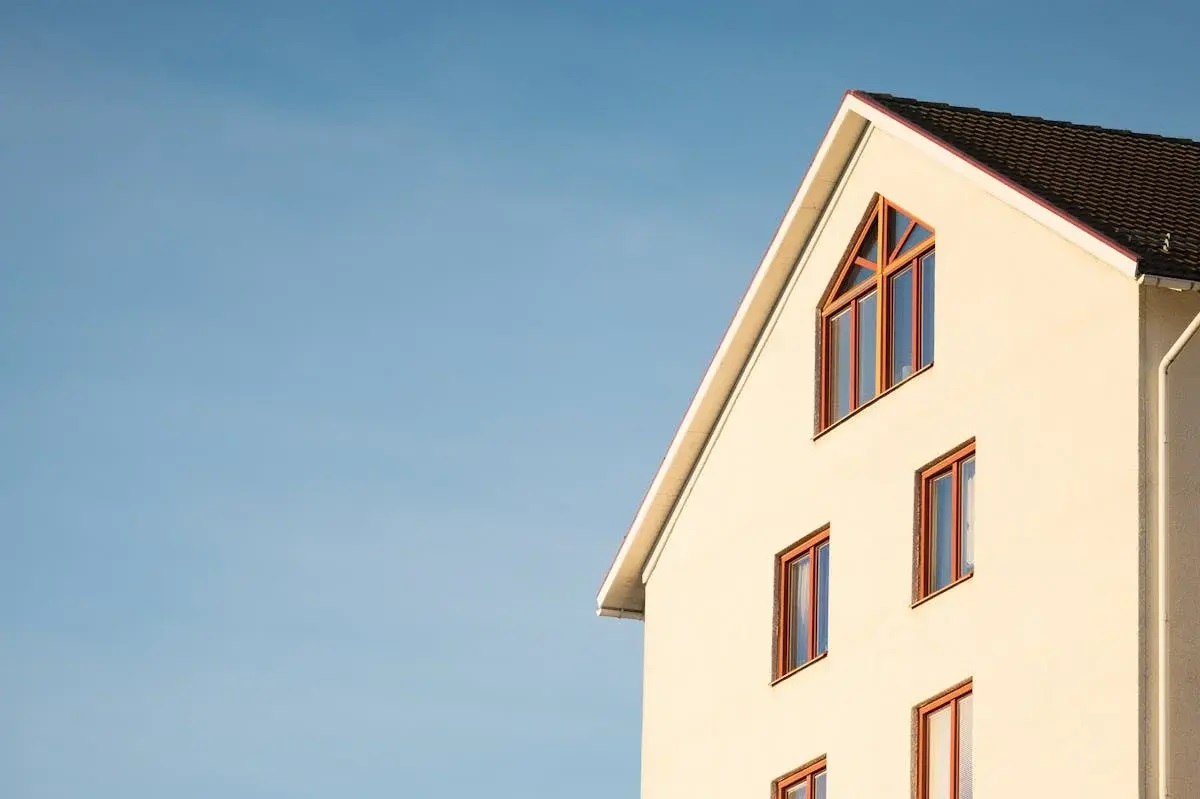
Choosing new exterior paint colors for your home
4/25/2024
When it comes to curb appeal, there are things you can do to update your house. ... view more

March durable goods orders exceed expectations even as February’s orders revised significantly lower
4/24/2024
March durable goods orders expected +2.3%, increased 2.6% but February orders we... view more

Ushering ‘porch birds’ to a different locale
4/23/2024
You may see it as a sign of good luck when a wild bird or two visits your porch.... view more

The Richmond Fed Manufacturing Index met expectations
4/23/2024
We will get the high-frequency S&P Markit MFG and Services PMI at 9:45 am ET. Bo... view more
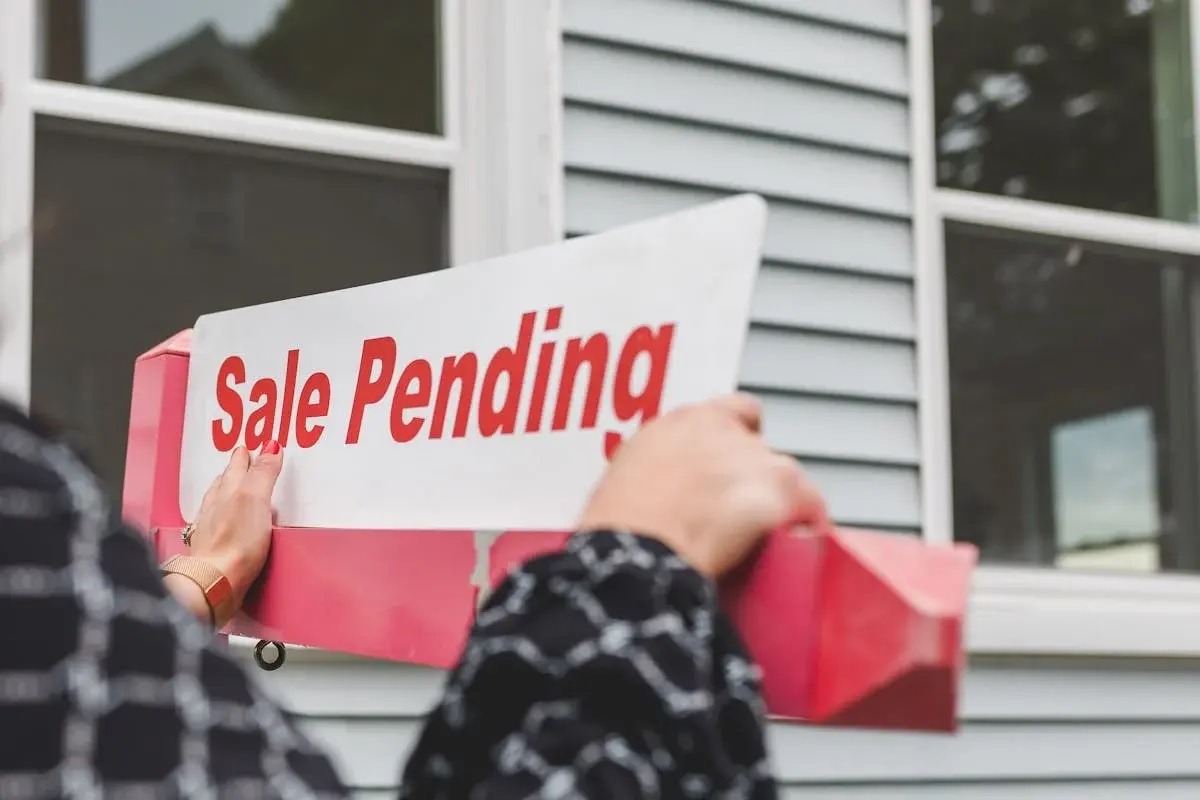
Never underestimate the value of professional real estate agent representation
4/22/2024
Click the link; buy a sofa. Click on another; buy a pergola for your backyard...... view more
Load more
 Home Mortgage Alliance Corporation (HMAC)
Home Mortgage Alliance Corporation (HMAC)










